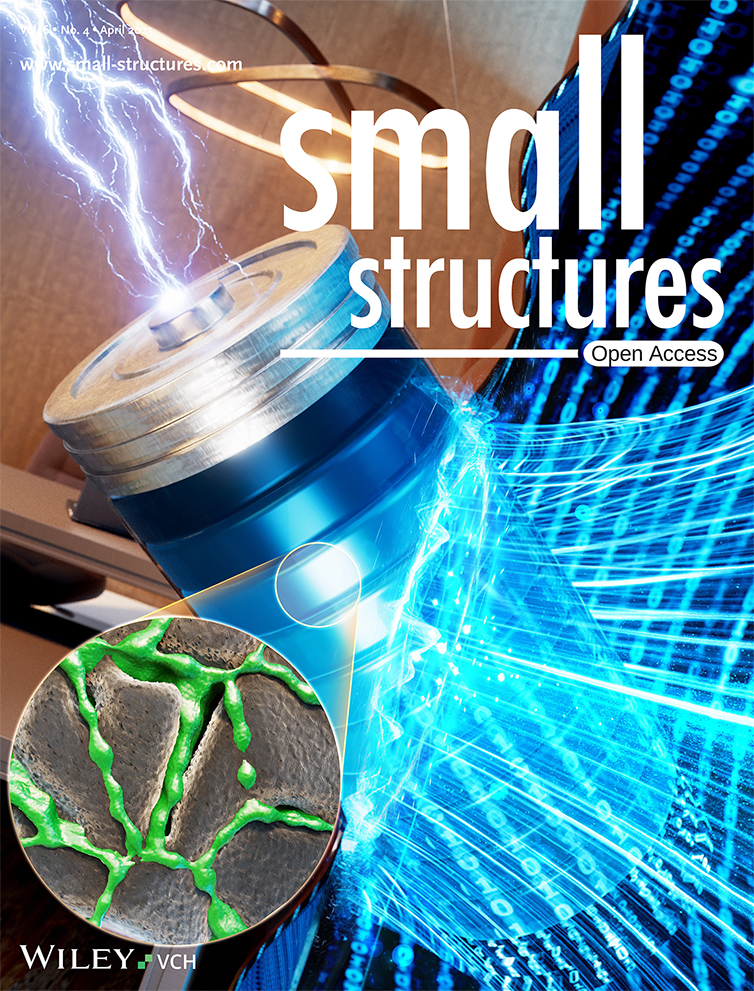Digital Twin Reveals the Impact of Carbon Binder Domain Distribution on Performance of Lithium-Ion Battery Cathodes
Graphical Abstract
Carbon Binder Domains
In article number 2400350, Joonam Park, Kang Taek Lee, and co-workers present a groundbreaking study leveraging digital twin technology to investigate the carbon binder domain (CBD) distribution in lithium-ion battery cathodes. By modeling and analyzing electrode structures, the study reveals how varying CBD gradients significantly affect charge and discharge capacity, mass transport, and electrochemical reactions, providing critical insights for optimizing high-performance electrode designs.





